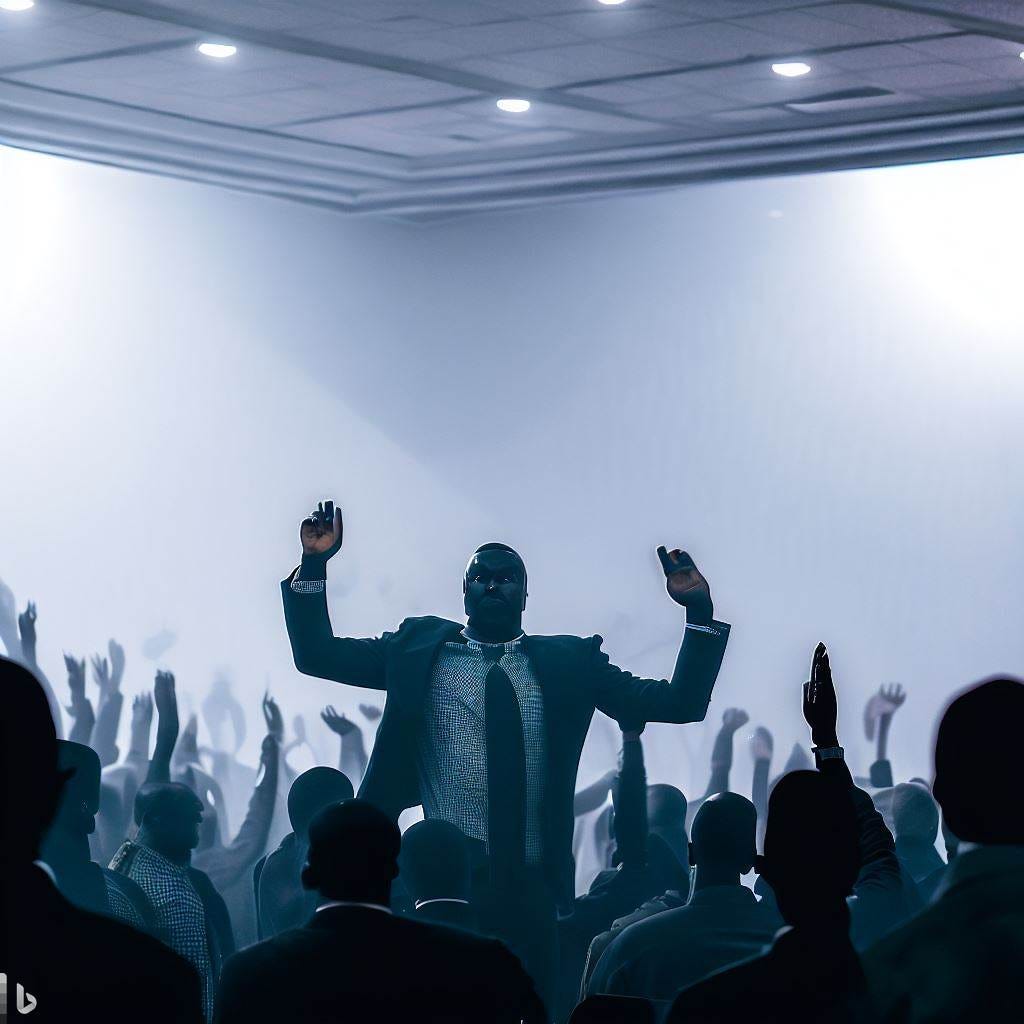A short history of Praise and Worship Music Styles in Nigerian Churches
If you've ever been to a Nigerian church, you know that praise and worship is not a joke. It's a serious business that involves a lot of singing, dancing, clapping, shouting, and sometimes even jumping. But have you ever wondered how this style of worship came to be?
How did Nigerian churches develop such a diverse and vibrant musical culture? Well, sit back and relax as I take you on a journey through the history of praise and worship music styles in Nigerian churches.
The story begins with the arrival of Christian missionaries in Nigeria in the 19th century. They brought with them their own hymns and songs, which they taught to the converts. These hymns were mostly in English or other European languages, and they followed a simple and solemn structure. The missionaries also discouraged the use of traditional African instruments and rhythms, which they considered to be pagan and sinful. They wanted the Nigerians to worship God in a "civilized" and "respectable" way.
However, converted Nigerians wanted to express their joy and gratitude to God in a more lively and spontaneous way. They also wanted to use their own languages and musical elements, which they believed were gifts from God. So they began to adapt and modify the missionary hymns, adding their own melodies, harmonies, lyrics and instruments. They also incorporated elements from their traditional music, such as call-and-response patterns, polyrhythms, percussion and dance. This gave birth to the first indigenous Christian music style in Nigeria: the Aladura or Cherubim and Seraphim style.
The Aladura churches emphasized the power of prayer, healing, prophecy and miracles. They also rejected the western dress code and adopted white garments as their symbol of purity and holiness. Their music reflected their beliefs and practices: it was loud, energetic, emotional and charismatic. They used drums, bells, rattles, whistles and other instruments to create a rhythmic and ecstatic atmosphere. They also sang in Yoruba or other local languages, using biblical or prophetic themes.
The Aladura style influenced other Nigerian churches, especially the Pentecostal ones, which also emphasized the gifts of the Holy Spirit. The Pentecostal churches adopted some of the Aladura musical features, but also added their own innovations. They introduced new instruments such as guitars, keyboards, saxophones and trumpets. They also experimented with different genres such as highlife, juju, reggae, rock and pop. They created new songs that were catchy, contemporary and relevant to their social and spiritual needs. They also sang in English or Pidgin English, which made their music more accessible to a wider audience.
The Pentecostal style became dominant in Nigerian churches in the second half of the 20th century. It was spread by popular musicians such as Bola Are, Panam Percy Paul, Chris Okotie, Ebenezer Obey and later by Sinach, Frank Edwards, Nathaniel Bassey and others.
Their songs were played on radio stations, TV channels and cassette tapes. They also performed at crusades, concerts and festivals. Their music inspired millions of Nigerians to worship God with passion and enthusiasm.
The Pentecostal style also influenced other Christian denominations in Nigeria such as the Anglican, Catholic and Methodist churches. These churches began to incorporate some of the Pentecostal musical elements into their liturgy and hymnody. They also composed new songs that blended their traditional doctrines with contemporary expressions. They also invited Pentecostal musicians to lead their worship services or train their choirs.
Today, Nigerian churches have a rich and diverse musical heritage that reflects their history, culture and faith. They have developed various praise and worship music styles that suit their different preferences and purposes. Some prefer to stick to the classical hymns or the Aladura style; some prefer to embrace the modern Pentecostal style or even create their own unique style; some prefer to mix different styles together or switch between them depending on the occasion or mood.
Whatever the style may be, Nigerian praise and worship music is always full of life, joy and spirit. It is a powerful tool for evangelism, edification and transformation. It is a way of celebrating God's goodness and greatness in Nigeria.
Grace to you





